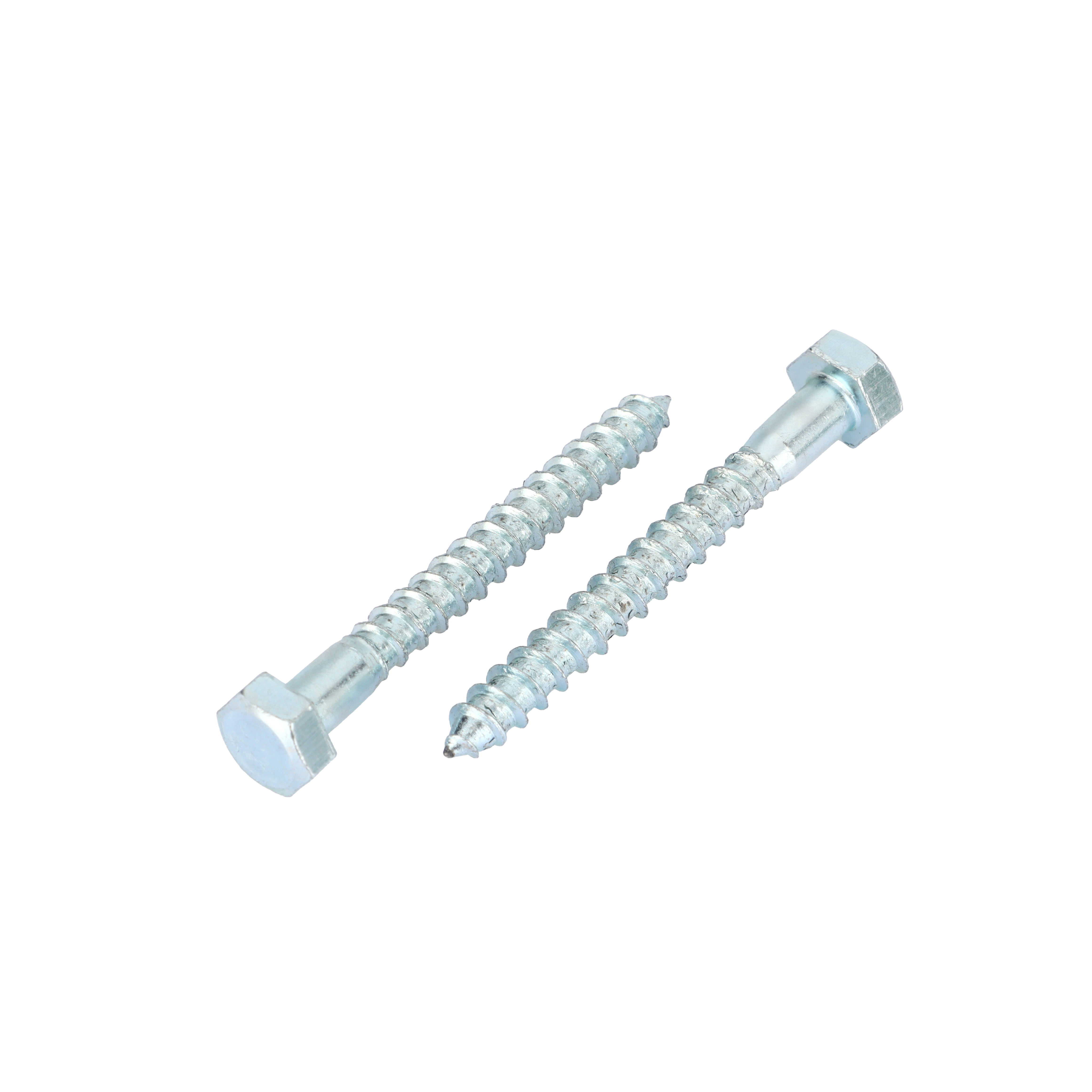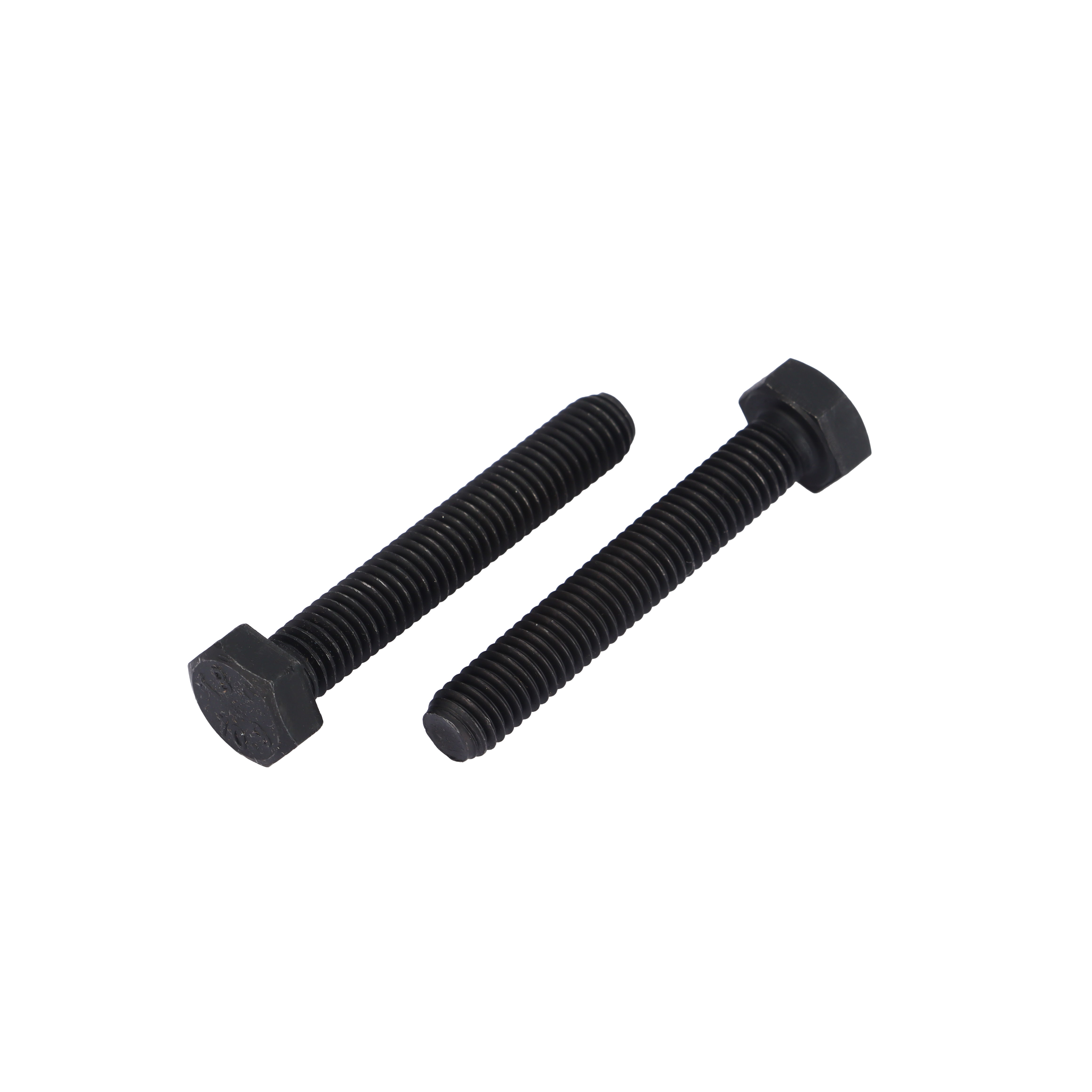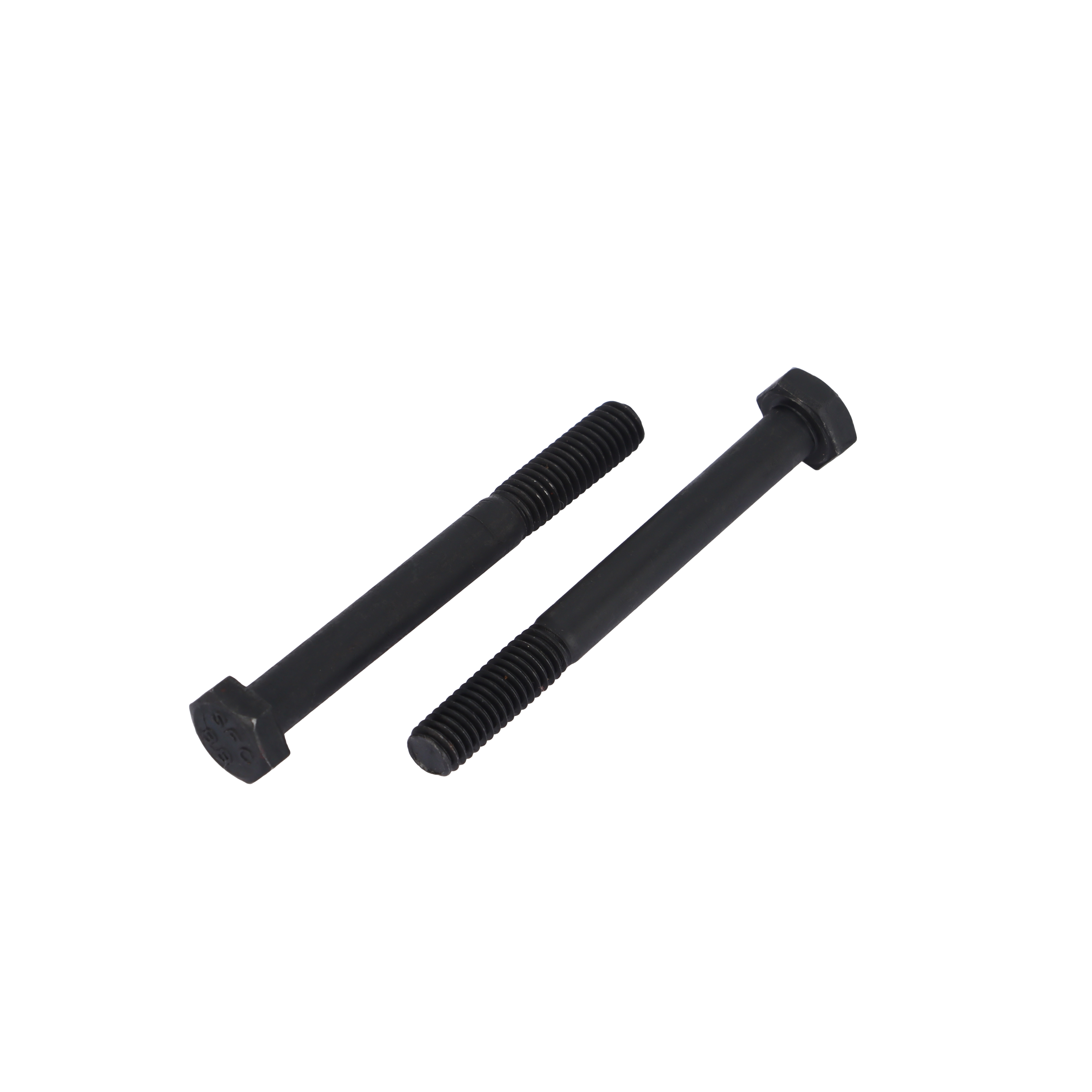119 County Road, Tongyuan Town, Haiyan County, Jiaxing City, Zhejiang Province +86 180 5863 3730 [email protected]
119 County Road, Tongyuan Town, Haiyan County, Jiaxing City, Zhejiang Province +86 180 5863 3730 [email protected]
Bolt hex nut combinations are the unsung heroes of countless industries, providing the essential means to create secure and reliable connections in a vast array of applications. These simple yet highly effective fastening components work in tandem to hold materials together firmly, ensuring that structures, machinery, and equipment remain intact under various conditions. Bolts, typically long, threaded rods with a head at one end, are designed to be inserted through holes in the materials to be joined, while hex nuts, with their six - sided shape, are then screwed onto the threaded portion of the bolt to create a tight and stable bond. The hexagonal shape of the nut is a key feature that offers numerous practical benefits. It allows for easy and efficient tightening and loosening using common tools such as wrenches and sockets. The six - sided design provides a secure grip, reducing the risk of slippage during operation, which is crucial when dealing with high - torque applications or when working in tight spaces. Similarly, the head of the bolt, often also hexagonal or with a shape that can be manipulated by standard tools, enables the application of the necessary force to drive the bolt through the materials and achieve the desired clamping force. This ease of use makes bolt hex nut combinations accessible to both professional tradespeople and DIY enthusiasts, facilitating quick and hassle - free assembly and disassembly processes. In the construction industry, bolt hex nut combinations are used extensively. From the construction of large - scale commercial buildings and bridges to small - scale residential projects, these fasteners play a vital role in joining structural components together. They are used to connect steel beams, columns, and trusses, providing the strength and stability required to support heavy loads and resist forces such as tension, compression, and shear. The ability to adjust the tightness of the connection by tightening or loosening the nut allows for precise alignment and fitting of components, ensuring the overall structural integrity of the building or infrastructure. In the automotive and aerospace sectors, the reliability of bolt hex nut combinations is of utmost importance. In automotive manufacturing, these fasteners are used in every aspect of vehicle assembly, from the engine and transmission to the chassis and body. They must endure the constant vibrations, heat, and mechanical stresses generated during vehicle operation, and their consistent performance is crucial for maintaining the safety and functionality of the vehicles. In aerospace, where precision and reliability are non - negotiable, bolt hex nut combinations are used to fasten critical components of aircraft, such as the fuselage, wings, and engines. These fasteners need to withstand extreme conditions, including high altitudes, rapid changes in temperature, and aerodynamic forces, without loosening or failing. The materials used in the production of bolts and hex nuts vary depending on the specific application requirements. Common materials include carbon steel, stainless steel, alloy steel, brass, and aluminum. Carbon steel bolts and nuts are widely used for general - purpose applications due to their strength and affordability. Stainless steel options offer excellent corrosion resistance, making them ideal for use in outdoor environments, marine applications, or where exposure to moisture and chemicals is common. Alloy steel bolts and nuts provide enhanced strength and durability, suitable for high - stress applications, while brass and aluminum are chosen for their lightweight properties and specific electrical or thermal conductivity characteristics. The manufacturing process of bolts and hex nuts involves precise techniques to ensure consistent quality and performance. Bolts are typically formed through processes such as forging or machining, followed by heat treatment to enhance their mechanical properties. Hex nuts, on the other hand, are often produced using cold - heading or machining methods. Stringent quality control measures are implemented at every stage of production to ensure that each bolt and nut meets or exceeds industry standards. This includes checking for proper thread engagement, dimensional accuracy, and material strength. Bolt hex nut combinations are available in a wide range of sizes, grades, and finishes to meet the diverse needs of different applications. Different sizes allow for fastening materials of varying thicknesses, while different grades indicate the strength and load - bearing capacity of the fasteners. Finishes such as zinc plating, hot - dip galvanizing, and black oxide coating can be applied to enhance the corrosion resistance and appearance of the bolts and nuts. Whether it's a small - scale repair job on a household appliance or a large - scale industrial project, there is a bolt hex nut combination available to provide a secure and reliable fastening solution. In conclusion, bolt hex nut combinations are an essential part of modern manufacturing, construction, and engineering. Their simplicity, versatility, and reliability make them the go - to choice for creating secure connections in countless applications. From the largest infrastructure projects to the smallest mechanical assemblies, these fasteners play a critical role in ensuring the functionality, safety, and longevity of structures and equipment. When it comes to finding a dependable and efficient way to join materials together, bolt hex nut combinations consistently deliver the performance and peace of mind that professionals and enthusiasts alike rely on.




